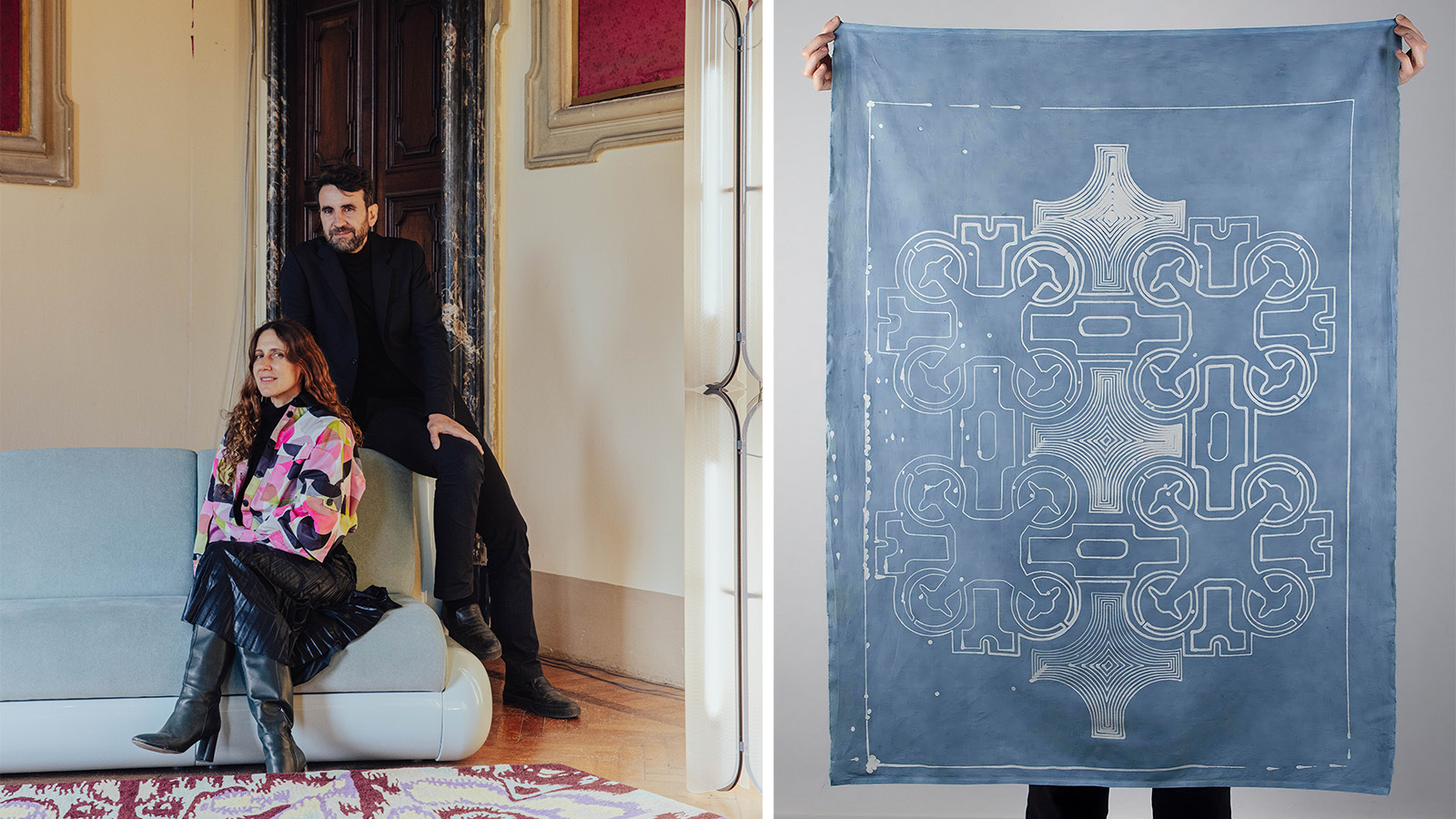
Following the announcement earlier in 2024 of a partnership with Studio Urquiola, Frankfurt's Heimtextil, the world's largest textile fair, has revealed a new collaboration with Alcova Milano – one of the most celebrated (and crowded) design platforms during Milan Design Week – for its Heimtextil Trends 25/26 showcase.
‘The decision stems from how Alcova’s founders, Valentina Ciuffi and Joseph Grima, masterfully blend contemporary art, design, and architecture into inspiring exhibitions and immersive installations,’ says Olaf Schmidt, vice president Textiles & Textile Technologies of the Messe Frankfurt Group, the trade fair and event organiser behind Heimtextil.
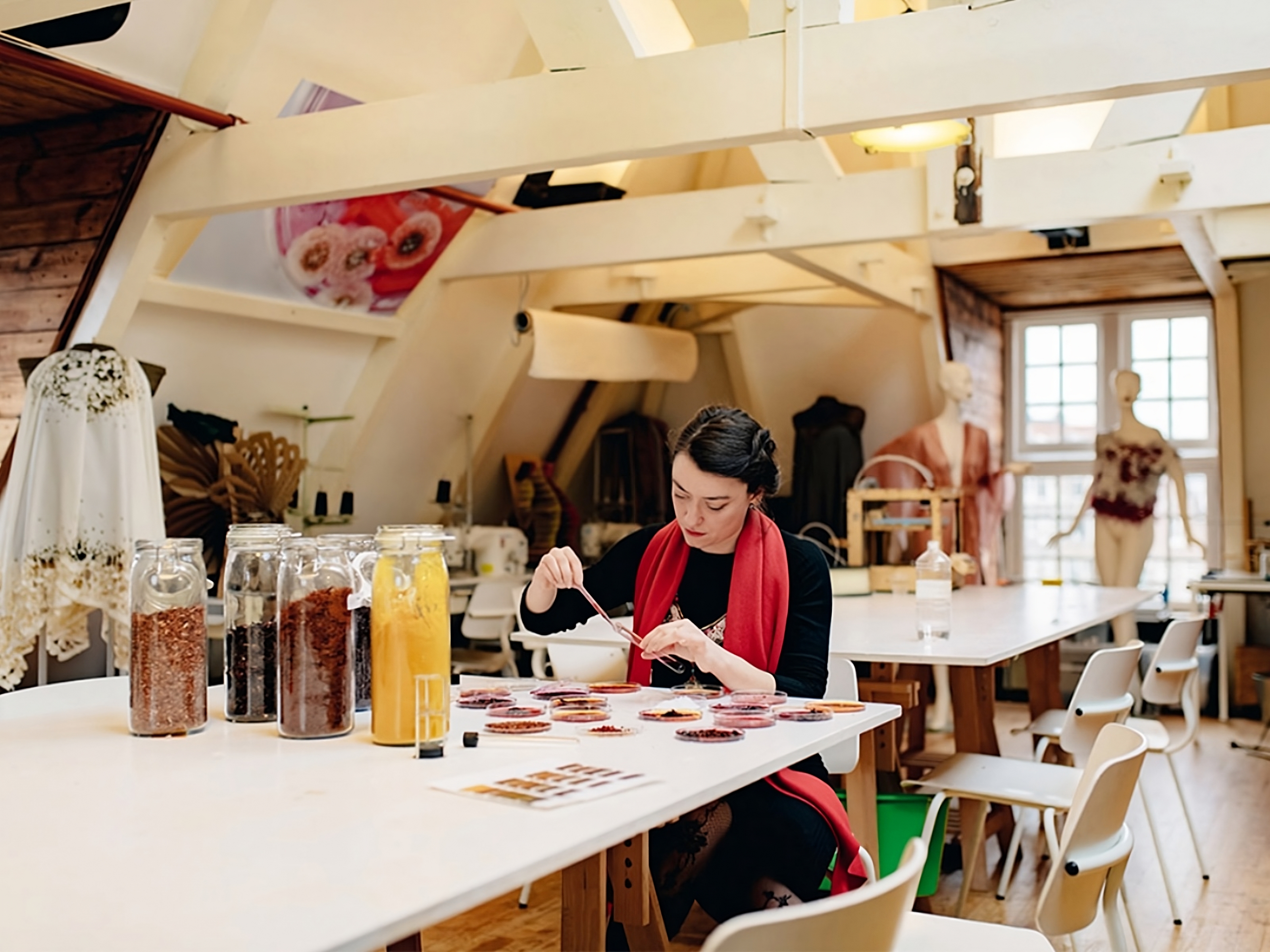
With Alcova locations including a defunct cake factory, an abandoned military hospital, and an old villa (see Alcova Milano 2024), what makes the annual event a must-see for Fuorisalone attendees, despite the hectic calendar, is Ciuffi and Grima's ability to discover and transform unconventional venues into long-lasting experiences. ‘This perfectly aligns with our vision of Heimtextil, where trends are not just about forecasting new colours and materials’ says Schmidt. ‘Trends evolve in a dynamic interplay, and by reconnecting with forgotten practices, we can better understand the present and shape the future.’
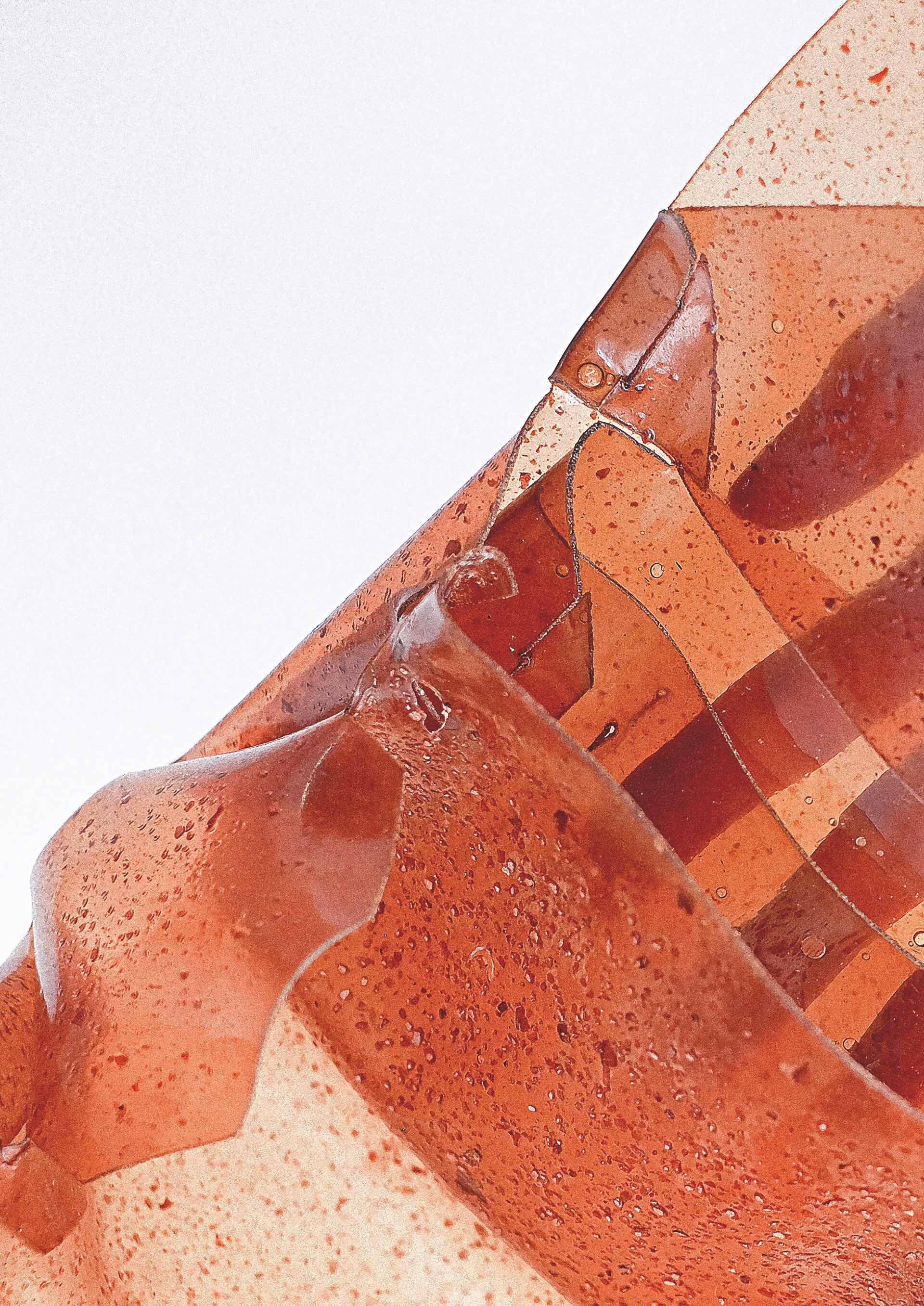
For Ciuffi and Grima, Heimtextil is not just about forecasting trends – it’s about using textiles as a lens to explore broader cultural, social, and environmental narratives: ‘It’s a space where the past and future collide in a way that feels alive and relevant to how we approach contemporary design.’ Since the beginning, the duo have been intrigued with the opportunity to investigate textiles as cultural identifiers and communicators, rather than as products. They recognise that textiles are intertwined with a variety of stories, including craft, technology, sustainability, and social change.
‘We saw Heimtextil as a platform to curate those narratives, to bring together voices from diverse disciplines, and to challenge how textiles can shape future design practices,’ they say. The challenge was to move beyond the surface of textiles, beyond the materiality and aesthetics, and look at the systems behind them: ‘We wanted to dig deep into the processes that create textiles, the invisible infrastructures, the ethical questions, and the environmental impact. The opportunity came in using this platform to provoke real conversations about sustainability and circularity, and at the same time, to envision new production systems that don't sacrifice beauty,’ say Ciuffi and Grima.
Alcova’s approach to Heimtextil Trends 25/26

The theme ‘Future Continuous’ refers linguistically to the English tense used to describe activities that will be ongoing in the future, but metaphorically, it evokes a continuous process of renewal and transformation inherent in future making, where the past is never fully left behind, but instead re-evaluated and revived: ‘This perpetual motion calls for a new understanding of change, inviting fresh narratives that enable us to interpret the present as both observers of the past and future prognosticators. It reflects Alcova’s experimental approach, where design pieces engage in a powerful dialogue with the surrounding architecture.’

Ciuffi and Grima conducted interviews with designers, textile researchers, and industry leaders from their network to dive deeply into the processes that create textiles. They talked to artist and writer Janis Jefferies, renowned for her pioneering work in textile research; interior designer Ilse Crawford; Christine Ladstätter, innovation manager of outdoor clothing brand Salewa; Dirk Vantyghem, director general of Euratex (European Apparel and Textile Confederation); Simone van der Burg and Lucas Evers, group heads at Amsterdam's interdisciplinary institute WAAG; and with Eugenia Morpurgo, an independent Italian designer researching the impact that production processes have on society.
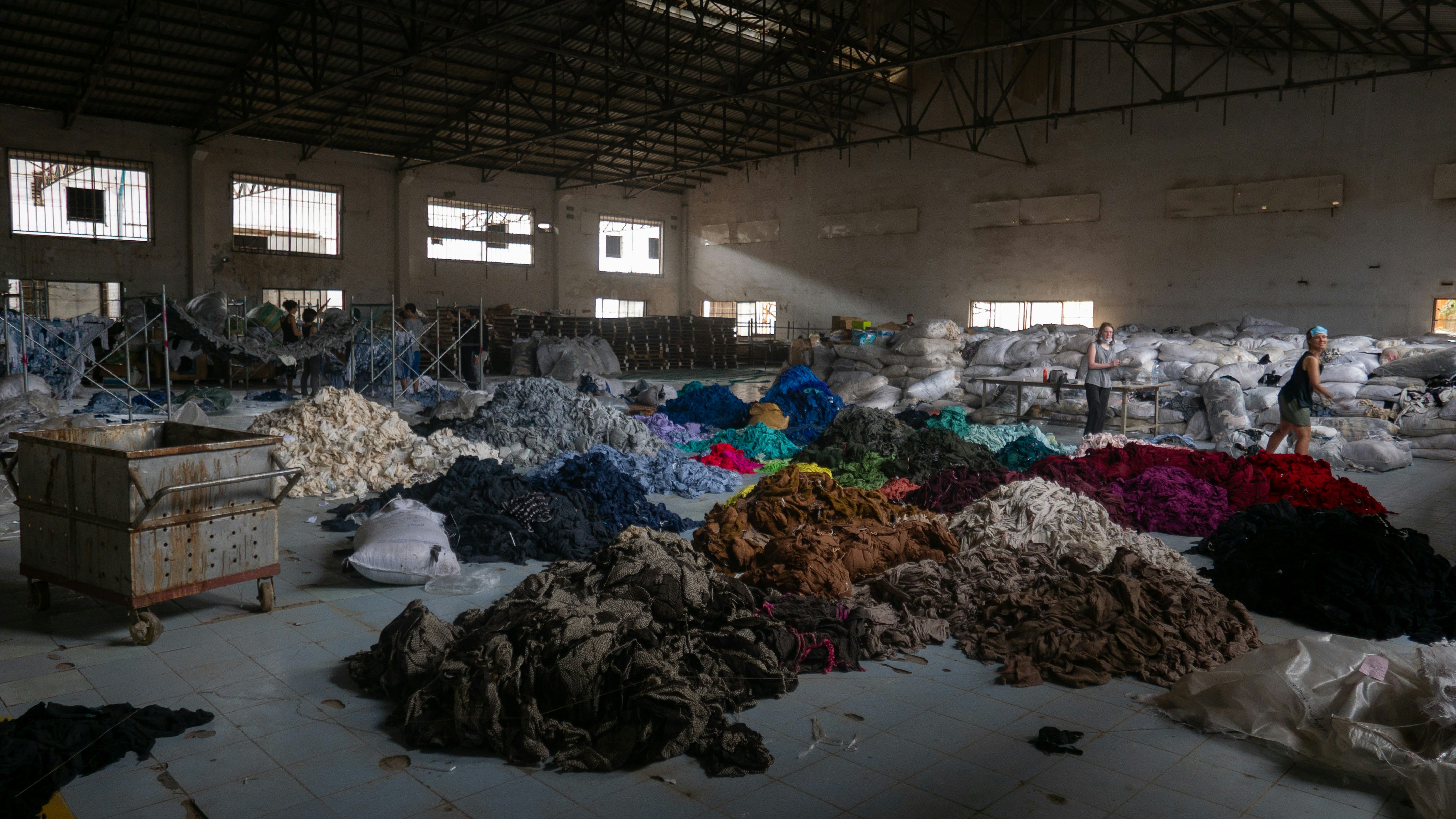
The conversations spanned from politics and history to data ethics and sustainable agriculture: ‘One of the most unexpected outcomes was realising how deeply intertwined textiles are with systems we don’t often associate them with – like agriculture,’ say Alcova’s duo. ‘These conversations opened up a dialogue about how materials can be more than just commodities: they can be regenerative, ethical, and political. The connection between textiles and farming, for example, sparked new ideas about localised production and the role of natural fibres in shifting away from extractive, oil-based systems.’
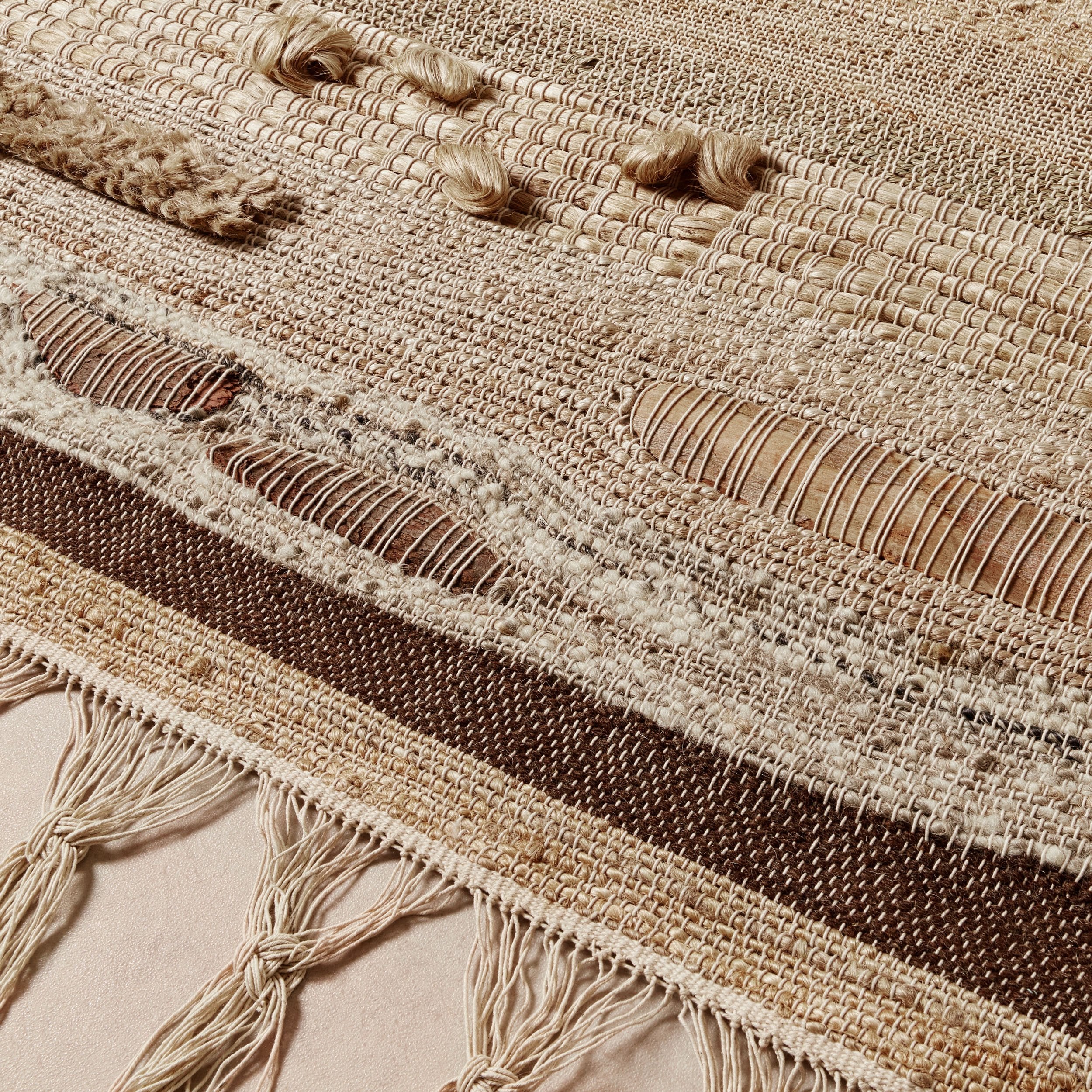
The findings of these interviews also had an impact on the colour palette that will be introduced during Heimtextil Trend 25/26, from Naturally Uneven Green to End of Petrol and Imperfect Pink: ‘These colours weave together ideas that balance the interplay between tradition and innovation – natural, unbleached tones meet dynamic, vibrant hues, reflecting the ongoing tension between the past and the future,’ says Schmidt.
New trends will be presented also in terms of materials, building processes, and textile design: ‘You can expect a strong presence of natural fibres like linen, hemp, and flax, complemented by cutting-edge innovations such as lab-grown textiles and bio-based materials,’ say Ciuffi and Grima. ‘The Trend Arena installation at Heimtextil will be a striking narrative element, nodding to the behind-the-scenes of textile production, transforming the unseen processes into a source of inspiration and surprise’.
Heimtextil 2025 will be held from 14-17 January 2025, heimtextil.messefrankfurt.com







